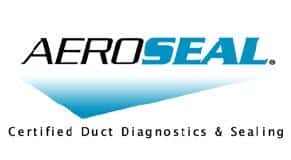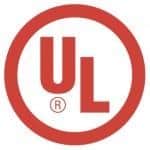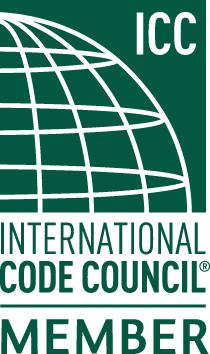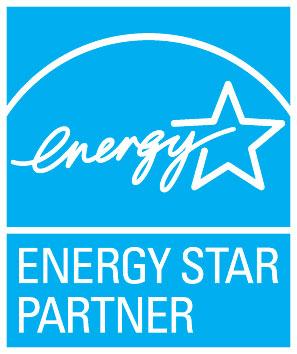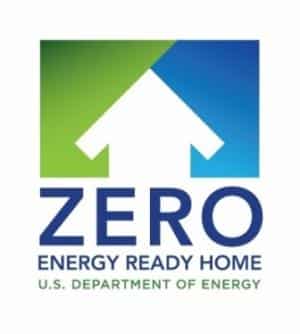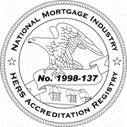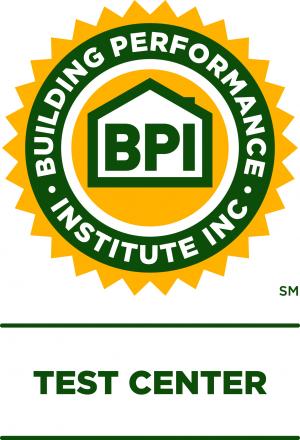A beautiful, new 65-unit memory care center was set to open in Glen Ellyn, IL when the village’s building inspector requested an air tightness test to check code compliance. The test revealed an unacceptable level of air leakage in the building envelope which would need to be repaired. The builder of the facility, Koelsch Communities, turned to Priority Energy to help them quickly identify and reduce the air leaks so they could obtain their Certificate of Occupancy and open on time.
Air tightness testing, or blower door tests, are not new to the Energy Code or the State of Illinois, and until recently they have not been widely required in commercial construction. Now most cities and villages in Illinois require an IECC verification report to obtain a Certificate of Occupancy.
In the State of Illinois, the Law requires all new commercial and residential construction for which a building permit application is received by a municipality or county to follow a comprehensive statewide energy conservation code. Renovations, alterations, additions, and repairs to most existing commercial and residential buildings must follow the Illinois Energy Conservation Code(IECC). The Law requires design and construction professionals to follow the latest published edition of the International Energy Conservation Code (IECC) which is currently the 2021 IECC and the ASHRAE Standard 90.1-2022 “Energy Standard for Buildings except Low-Rise Residential Buildings,” referenced therein.
Koelsch recognized the value of making the building envelope tighter, not just for code compliance but also for the added comfort and better indoor air quality they could provide for their residents and the energy savings. They turned to Priority Energy’s code compliance specialists for the most effective way to fix the air leaks and meet IECC requirements.
For this 33,000-square foot facility, Priority Energy set up three blower doors (large de-pressurization fans) and ran them simultaneously, as well as infrared cameras, to pinpoint the problem areas. They found many penetration points in the building’s ceiling that had not been properly air sealed; such as HVAC register boots, sprinkler heads and can lights. Additionally, Priority Energy noted a significant amount of air leakage coming from the HVAC ductwork running through the attic.
Priority Energy took a two-pronged approach:
1.) A team of three BPI certified technicians manually air sealed all penetrations in the ceiling using traditional methods such as caulk and single part foam.
2.) Aeroseal was used to seal the facility’s ductwork which was the fastest and most effective way to improve air tightness. (see our website for more details – Aeroseal).
By sealing the ductwork, Priority Energy was able to reduce the building’s total air leakage by over 2,000 CFM@75. The results after Aeroseal far exceeded the IECC requirement and even surprised the installation crew.
Prior to the enforcement of IECC 2015, inspectors relied solely on visual inspections to verify the tightness of the building envelope. However, some of the worst air leaks occur in areas that are difficult or impossible to see. A professional blower door test is the only way to measure and identify air leakage and to test if the structure is code compliant.
This Glen Ellyn facility is a great example of how leaky ductwork can affect a building’s overall tightness. It is also a good reminder of how Aeroseal duct sealing can be used to quickly and effectively solve many building performance issues. As commercial builders in the Chicago area learn and adapt to the more stringent code requirements, more and more are choosing to use Aeroseal to seal ductwork early in the construction phase for its guaranteed effectiveness and time-saving process.


